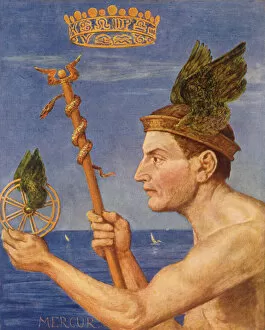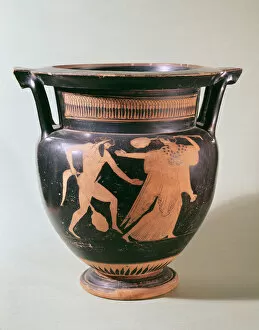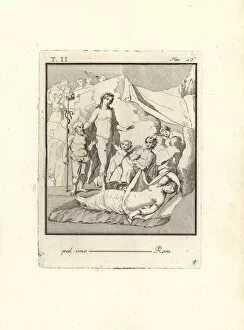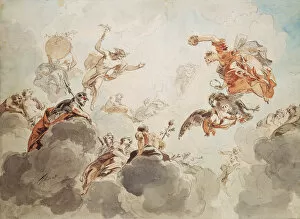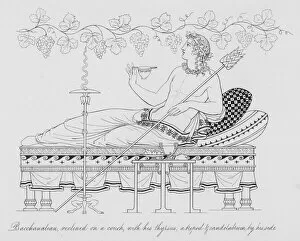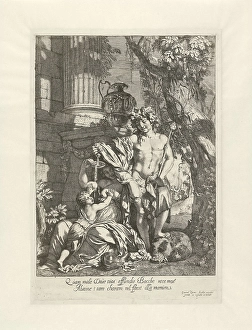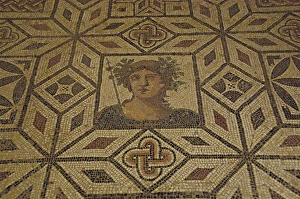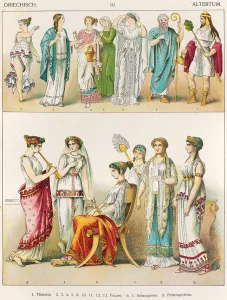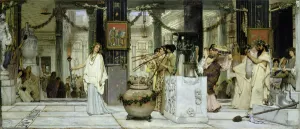Thyrsus Collection
The thyrsus, a symbol of divine ecstasy and revelry, has long been associated with the worship of Dionysus, the Greek god of wine and fertility
All Professionally Made to Order for Quick Shipping
The thyrsus, a symbol of divine ecstasy and revelry, has long been associated with the worship of Dionysus, the Greek god of wine and fertility. This ancient artifact can be seen depicted in various forms throughout history. In a red figure squat lekythos made of terracotta, we catch a glimpse of the thyrsus held by Bacchus himself. The intricate detailing on this piece showcases the importance placed on this sacred object. An engraving from 1804 further emphasizes the significance of the thyrsus as it shows Bacchus proudly wielding it. The energy emanating from his figure is palpable, reflecting the power that this symbol holds. Not only does Bacchus possess this emblematic staff, but satyrs also embrace its presence. In an enchanting engraving, we witness a satyr holding his own thyrsus with mischievous delight. The allure of the thyrsus extends beyond male figures; even bacchantes are depicted clutching these magical rods in engravings from different eras. These women exude passion and liberation as they dance to honor Dionysian rituals. A captivating oil painting titled "Bacchanal" transports us into an immersive scene where individuals adorned with thyrsi partake in joyous festivities. The vibrant colors bring to life their ecstatic movements and highlight their connection to Dionysian worship. Greek vase paintings offer us glimpses into mythological tales involving centaurs and maenads intertwined with their beloved thyrsi. These illustrations depict scenes filled with wild abandon and unbridled passion for life's pleasures. From dances performed by maenads dedicated to Dionysos to centaurs charming them through music, every image captures moments steeped in mysticism and celebration. Through these artistic representations spanning centuries, we gain insight into how deeply ingrained the concept of the thyrsus was within ancient Greek culture.












